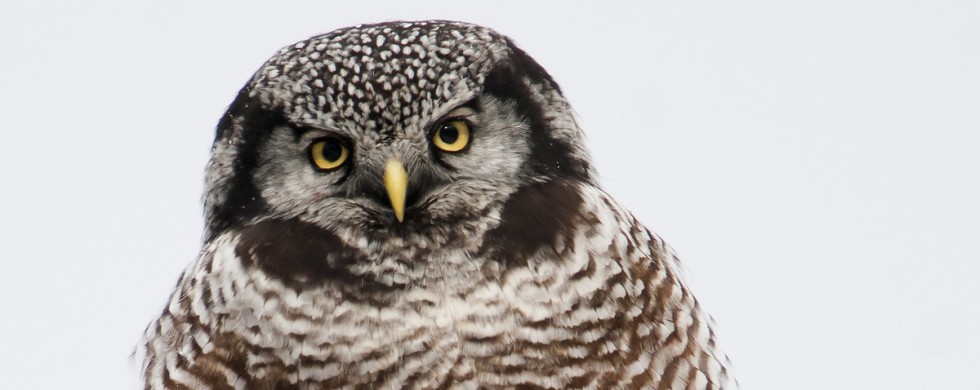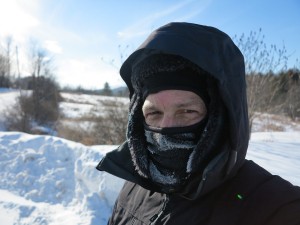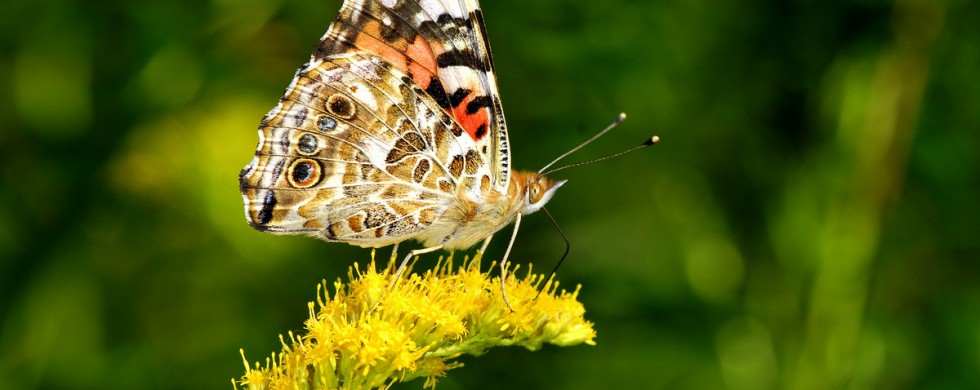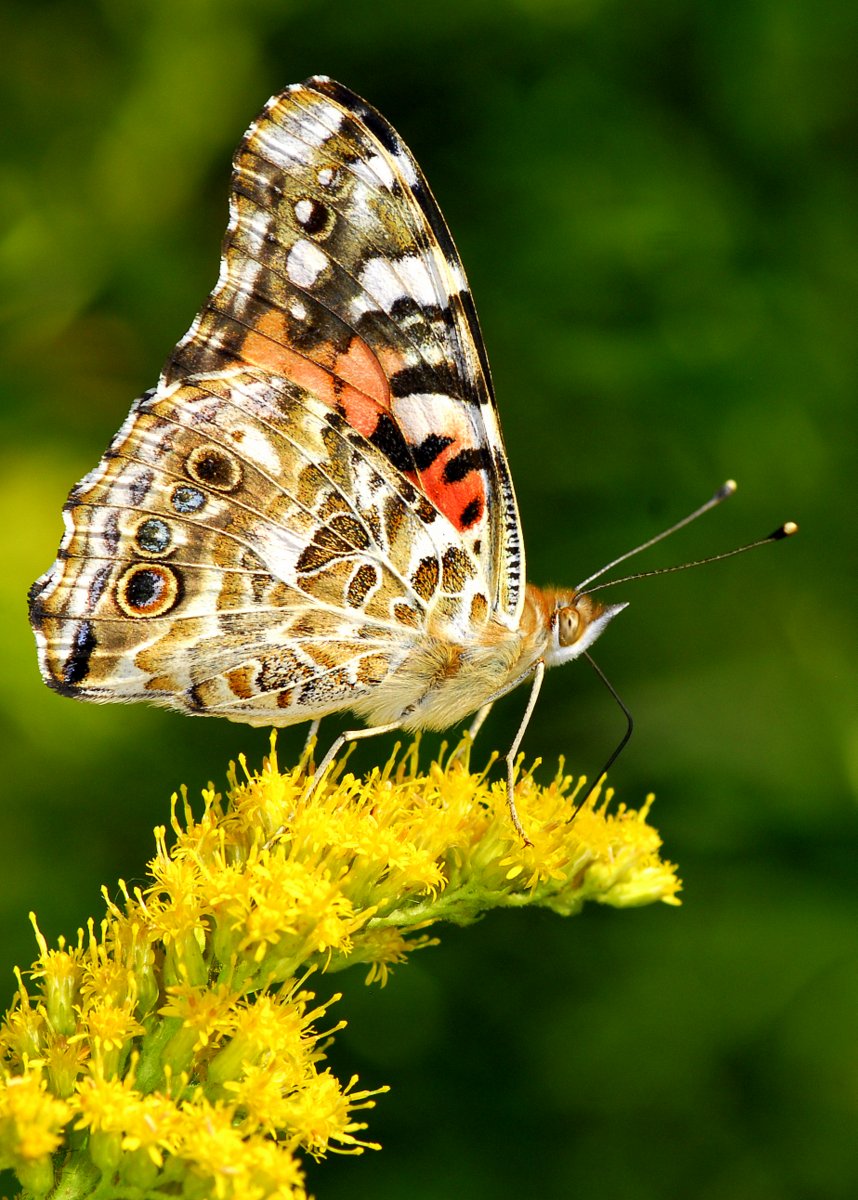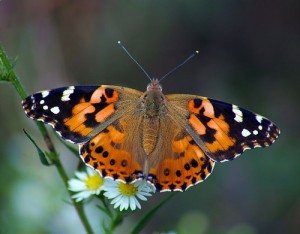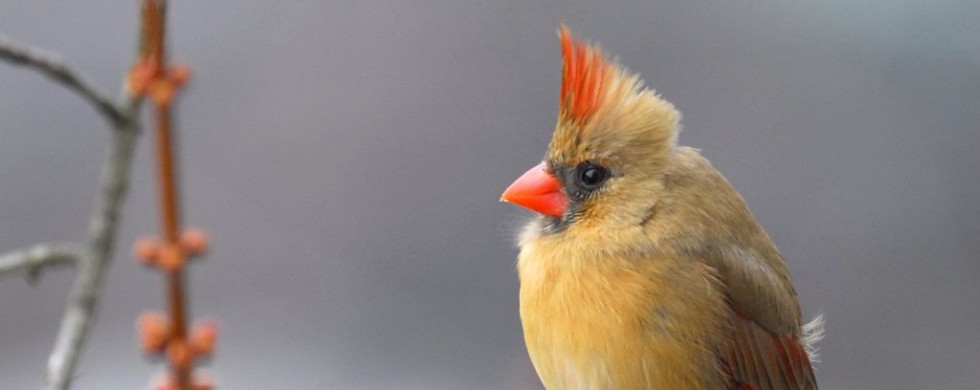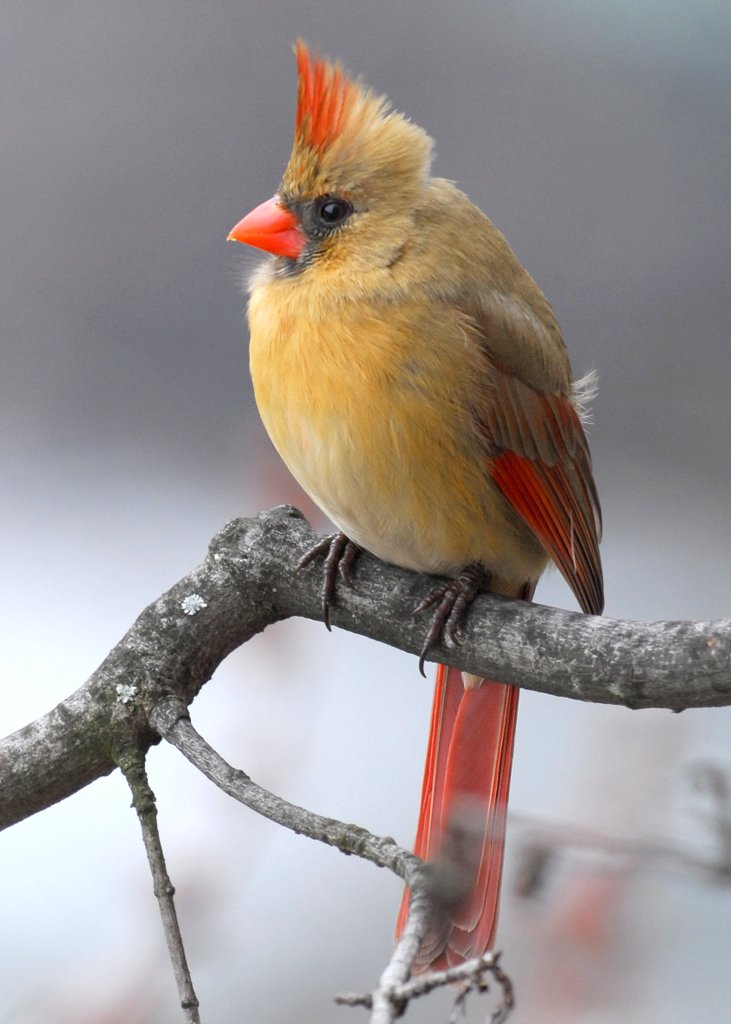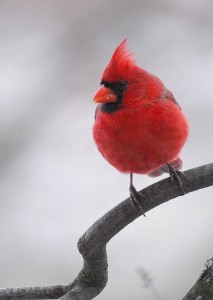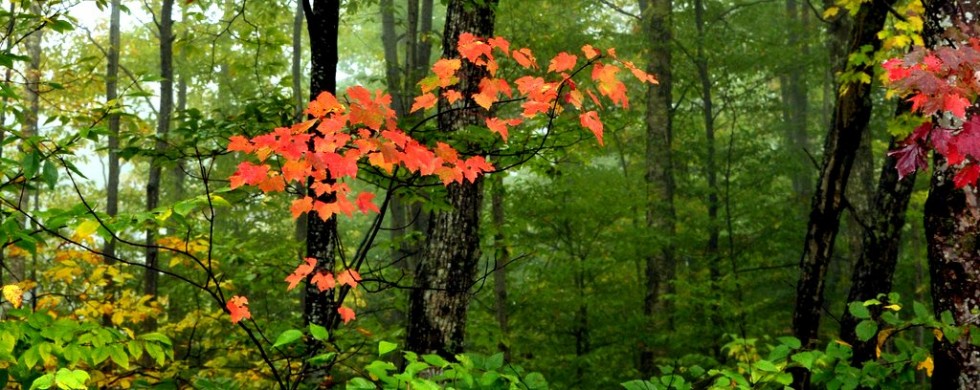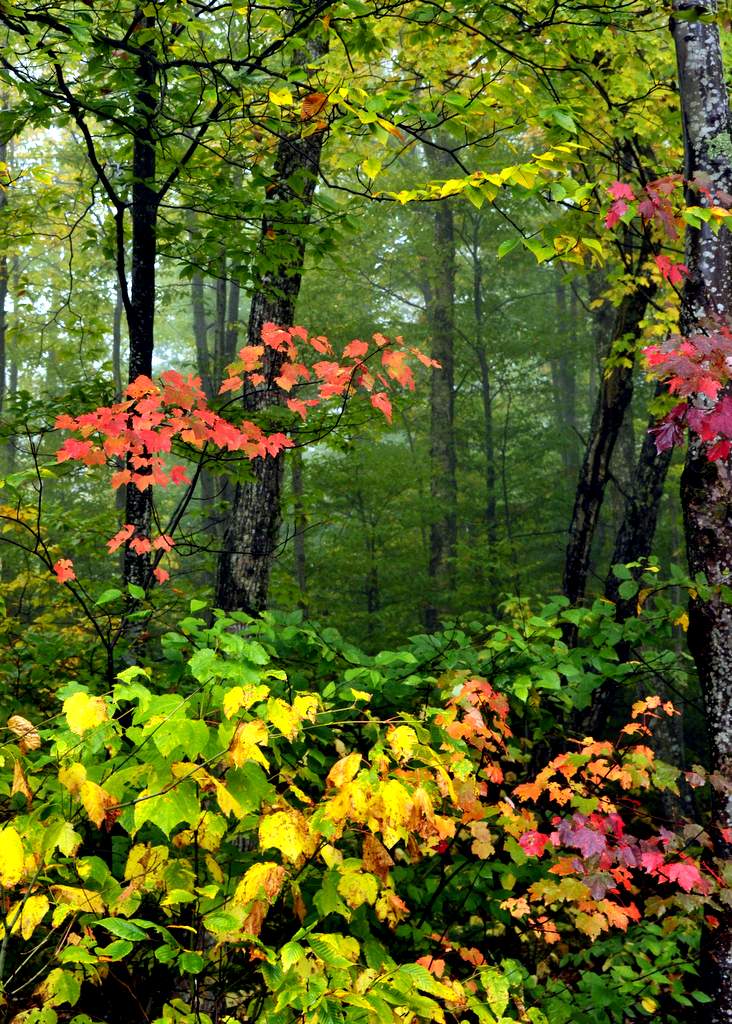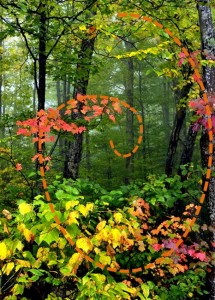31
Shot of the Month – December 2013
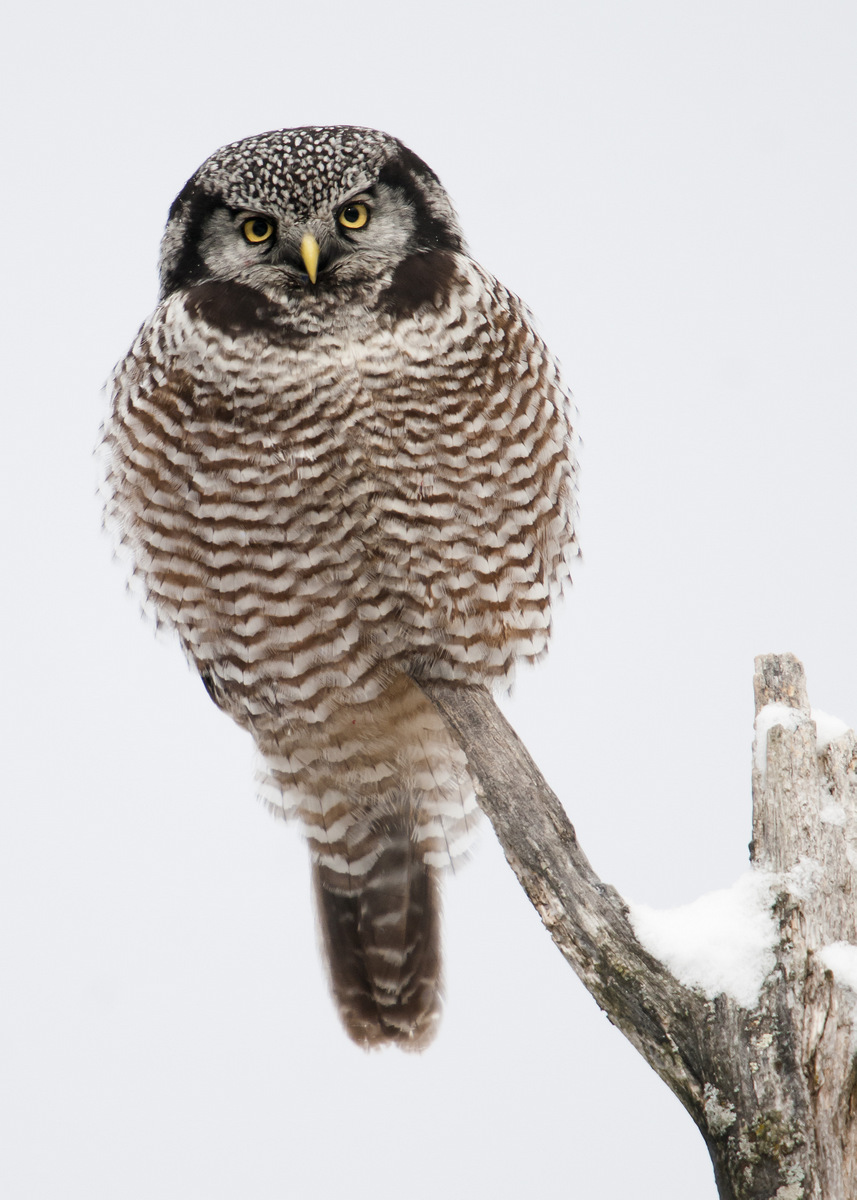 Each December many children’s heads are full of ideas of what presents they would like a certain someone from the north to bring them. Although I had left such thoughts behind long ago, this year I received a wonderful gift from the north just in time for the holiday season. My gift skipped the flying-reindeer-driven-sleigh thing and flew in under its own powers to allow me to get my first sighting, and photograph, of a Northern Hawk Owl (NHO).
Each December many children’s heads are full of ideas of what presents they would like a certain someone from the north to bring them. Although I had left such thoughts behind long ago, this year I received a wonderful gift from the north just in time for the holiday season. My gift skipped the flying-reindeer-driven-sleigh thing and flew in under its own powers to allow me to get my first sighting, and photograph, of a Northern Hawk Owl (NHO).
NHOs normally live in the boreal forests across the northern Holarctic so it is pretty rare (though not unheard of) to see one this far south. This little stunner has been hanging out in a nearby town (about 25 minutes away) since mid-December though I was not able to go see him until just before Xmas. This NHO flew hundreds of miles south from the desolated arctic landscape and perplexedly made his winter home in a series of fields right beside a very busy road. He seems completely unfazed by all the commotion. He could often be found sitting at the top of a dead tree (as in this photo) as the traffic buzzes by. I have seen him catch at least 5 rodents within 30 yards of the traffic so the noise must not bother him.
This guy can sure draw a crowd. On separate days while out shooting I met excited birders who had driven up from Pennsylvania and/or New Jersey (6 hour drive one way) to get a glimpse of this fellow. Every day, not too safely, I had more than a few cars stop on the road as the driver leaned through the open window and asked in a gasp, “Do you see HIM?” Their glee was immediate as I pointed him out. They would then quickly pull into a parking area 100 yards up the road and scurry back with assorted binoculars, spotting scopes, and/or cameras. At times traffic was almost brought to a halt as drivers slowed to try and understand what all the commotion was about while others tried to look around and see what we were all looking at. The crowds usually did not last too long given how bitterly cold it often was. The flurry of activity would ebb and flow as one group saw and left as another hopeful group arrived. Your average visitor spent perhaps 12 minutes gazing in wonderment or waiting for a better view. I typically spent about 4 hours at a time during the five days that I visited the site trying to get a good shot.
How did so many people hear of his arrival? All things can be found on the internet, grasshopper. As word got out the pilgrims came from all around Vermont, New York, Maine, Massachusetts… I met a friendly couple from Chicago who were visiting family in Vermont. I met a nice young woman, Annie, who lived just a few hundred yards from the most common areas to view the NHO. She walked over one day to see what the brouhaha was about. After looking through someone’s powerful viewing scope and REALLY seeing him she exclaimed, “I am not even a birder, but this is pretty exciting.” I met another nice couple from Connecticut, they had driven up through treacherous icy roads and fog to catch a glimpse of what for many is a “life bird.” One day I had a cement truck quickly slow down and veer into the parking area as I was walking from my car to take up my normal viewing spot. The driver jumped out and ran up to me. He explained that he drove by this spot each day and wondered what was going on. I explained, and with his curiosity quenched, he thanked me hopped back in his truck, and drove off with a satisfied look.
As I stood by the road with the tripod and large lens I was an easy beacon helping many a pilgrim find their quarry. A surprising number mentioned that they had seen me along the road a previous day and decided this time to stop and look. Some say that regifting is not polite, but in this case, I took great pleasure in helping others, even if inadvertently, share in this wonderful offering from the north.
Happy Holidays!
P.S.
I recommend opening the image up to full size to really see how beautiful he is….make use of that big monitor if you have it.

